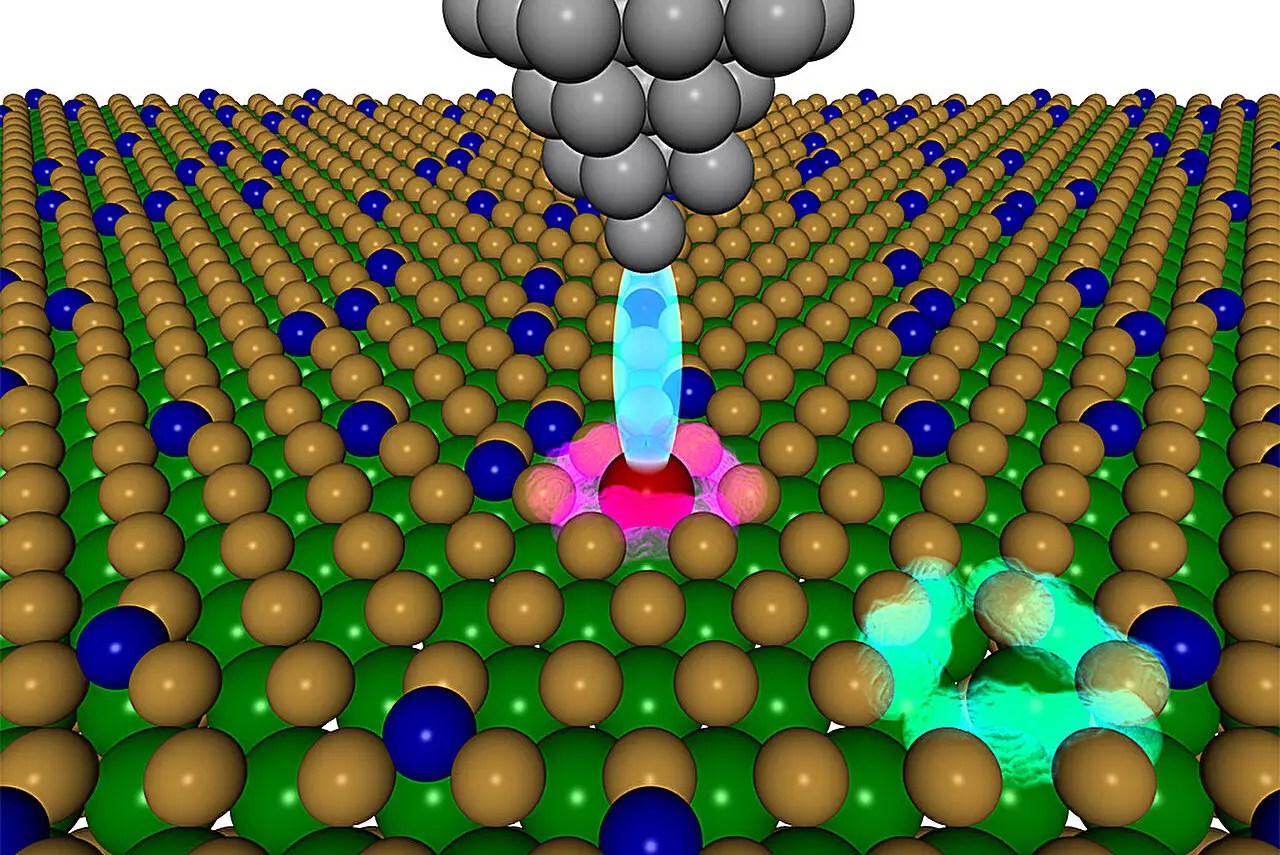The advent of quantum information science presents both a challenge and a monumental opportunity. While researchers eagerly seek materials that can support quantum applications, the traditional methodologies for discovering these desirable materials have long struggled under the weight of their own inefficiency. Recent breakthroughs from the Lawrence Berkeley National Laboratory (Berkeley Lab) and various academic institutions have ushered in a sophisticated and methodical approach. By marrying theoretical predictions with advanced fabrication techniques, these researchers are redefining how we access and construct the foundational materials crucial for future quantum technologies.
The Promise of Theory-Driven Searches
Historically, finding quantum materials has hinged on a trial-and-error approach—laborious experiments where scientists might painstakingly isolate one defect, test its attributes, only to move on upon encountering limitations. The frustration is compounded by the staggering complexity involved, especially when considering the vast array of elements on the periodic table and their potential arrangements within materials. Such an exploration could easily consume lifetimes.
However, researchers, including Alex Weber-Bargioni and Geoffroy Hautier, propose a transformative framework: shift from a purely experimental focus to a model where theoretical computations guide the physical creation of materials. Utilizing high-throughput computational techniques, the team was able to predict properties across hundreds of possible defects. By doing so, they dramatically minimized the workload for subsequent experimental stages and fast-tracked the identification of high-potential candidates for quantum applications.
Innovative Techniques for Material Fabrication
With a robust list of theoretical candidates in hand, the next step revolved around the precise creation of defects within materials. The study centered on two-dimensional (2D) materials sourced from transition metal dichalcogenides, with tungsten disulfide (WS2) serving as a focal point. These ultra-thin structures possess unique electronic characteristics but presenting significant hurdles in the practical creation of defects.
This research escalated in complexity as scientists employed the Molecular Foundry’s cutting-edge techniques. By manipulating defects at the atomic level, researchers could ‘place’ different atoms in their targeted sites with sublime accuracy. This meticulous technique involved bombarding a WS2 sample with argon ions to create vacancies and subsequently introducing cobalt atoms where sulfur had resided. The precision offered by this method enabled the formation of exact duplicates of the defects—an essential feature for harnessing their quantum potential.
The Role of High-Performance Computing
A linchpin of this groundbreaking approach is the high-performance computing capacity leveraged through the National Energy Research Scientific Computing Center (NERSC). This power enabled the execution of exhaustive quantum mechanical calculations, scanning over 750 different defects across WS2 for promising candidates. The result was not simply a reduction in trial-and-error but an algorithmically driven efficiency that pinpointed precisely where researchers should direct their efforts.
This computational groundwork is critical as it assures that the experimentation following it isn’t just exhaustive; it’s intentionally curated. As noted by Sinéad Griffin, a key investigator in the project, the sheer variety of potential atomic modifications makes successful defect identification daunting. Yet, the application of theoretical insights dictates a more straightforward path forward, yielding significant time savings compared to traditional methodologies.
Collaboration: The Secret Ingredient
An often-underestimated aspect of such ambitious projects is collaboration. The amalgamation of efforts from various scientific circles—Dartmouth College, Penn State, Université Catholique de Louvain, and the University of California, Merced—highlights an essential truth: the future of scientific discovery lies not merely in individual brilliance, but in collective synergy. The team’s constructive ongoing dialogue, sharing of real-time feedback, and coalesced funding streams created a fertile environment for innovation.
Such collaboration fosters a seamless transition from theoretical insight to experimental realization, creating a holistic approach that anticipates and answers problems before they manifest. By working closely with theorists, experimentalists can are kept on track, aligning their work with the overarching goals defined at the project’s outset.
Forward-Thinking: The Future of Quantum Material Engineering
What’s truly exhilarating about this study is its forward-looking nature. Rather than merely establishing a collection of usable defects, the researchers are setting the groundwork for future innovations. The availability of a Quantum Defect Genome database not only facilitates immediate access to valuable information but also invites contributions from the broader scientific community.
By including various other materials beyond WS2, we see the ambition of this research extending the quest towards a vast library of defects and functionalities yet to be uncovered. As Weber-Bargioni suggests, this foundational work may catalyze new materials with unknown and potentially revolutionary properties.
In tapping into both theoretical foresight and experimental precision, the researchers at Berkeley Lab are not just advancing the field of quantum materials, but are igniting a renaissance in how we perceive and engineer materials for the next generation of technology. This is a defining moment in the age of quantum discovery, and its implications will resonate across multiple sectors, ushering in unparalleled advancements.


Leave a Reply